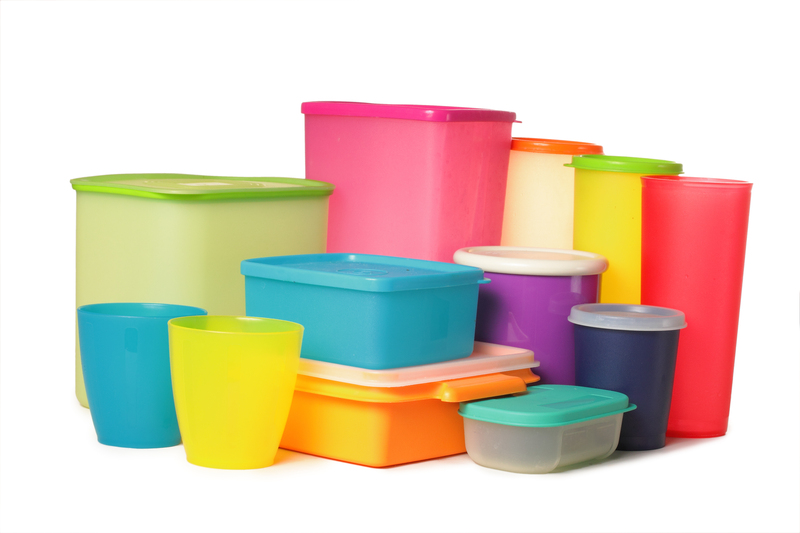Tips for Disposing of PPE Waste Without Harming Nature
The widespread use of personal protective equipment (PPE) has become an everyday reality, especially since the onset of global health events. Items like face masks, gloves, gowns, and face shields are essential for personal and community safety. However, the increased usage of PPE has also resulted in a significant rise in waste, posing new challenges for environmental conservation. Improper disposal of PPE waste can severely harm nature, contributing to pollution and endangering wildlife.
This comprehensive guide provides tips for disposing of PPE waste in eco-friendly ways. You'll gain insights into sustainable PPE waste management, innovative recycling methods, and legal considerations, ensuring that you protect both public health and the planet.
Why Proper PPE Waste Disposal Matters
PPE waste such as single-use masks and gloves is primarily composed of plastics and synthetic fibers. Once discarded, these materials can:
- Persist in the environment for centuries
- Break down into microplastics, polluting soil and water
- Enter the food chain, putting animals and humans at risk
- Be mistaken for food by birds and marine life, causing injury or death
- Spread disease if contaminated with pathogens
Safeguarding nature requires environmentally responsible PPE waste disposal. By following a few simple steps, individuals and organizations can help minimize the environmental impact of essential protective gear.

Best Practices for PPE Waste Disposal
1. Separate and Identify PPE Waste
- Do not mix PPE with recyclables or regular household trash.
- Designate specific bins or bags for collecting used masks, gloves, and other single-use protective items.
- Clearly label PPE waste containers to avoid contamination and confusion.
Separating PPE waste helps prevent pathogens from spreading and facilitates safe processing.
2. Use Sealed, Leak-Proof Bags
- Always bag used PPE in thick, sealable plastic or biodegradable bags.
- Seal bags tightly to reduce the risk of exposure for waste handlers and wildlife.
- Consider double-bagging if the items may be contaminated.
Properly sealed bags prevent leaks and minimize the chance of the waste polluting the surroundings.
3. Follow Local Disposal Guidelines
- Research local regulations for PPE waste disposal; some areas treat PPE as medical waste.
- Use municipal drop-off sites or special collection points when available.
- Contact your local waste management authority for advice on safe handling.
Adhering to local policies ensures compliance and promotes consistent environmental safeguards.
4. Opt for Eco-Friendly PPE When Possible
- Choose masks and gloves made from biodegradable or compostable materials.
- Support brands that offer reusable PPE, such as washable cloth masks or durable face shields.
- Seek out certified environmentally friendly products with minimal packaging.
Using sustainable PPE alternatives greatly reduces overall waste volumes and environmental footprints.
Innovative Approaches to PPE Waste Management
5. Participate in PPE Recycling Programs
- Some companies and organizations offer take-back programs or recycling drop-offs for PPE waste.
- Find local or mail-in recycling schemes that accept masks, gloves, and other protective gear.
- Read the program guidelines and instructions to ensure proper preparation and shipping of waste.
While not all PPE can be traditionally recycled, dedicated facilities use chemical or mechanical processes to break down and repurpose these materials.
6. Explore Energy Recovery through Incineration
- Approved medical incineration facilities can safely dispose of contaminated PPE waste and convert it into energy.
- Never burn PPE at home, as it can release toxic fumes and microplastics.
- Check if your municipality sends medical waste to energy recovery plants.
When managed under strict controls, incineration is an effective method for neutralizing pathogens and reducing landfill use.
Reducing PPE Waste at the Source
7. Use Reusable PPE Wherever Appropriate
- Switch from single-use to reusable PPE when it meets your protection needs.
- Wash cloth masks and reusable gloves with hot water after each use.
- Educate your family, workplace, or community on best practices for reusing personal protective materials.
Reducing reliance on disposable PPE not only cuts waste but often offers long-term cost savings.
8. Educate Yourself and Others
- Share information about proper PPE waste disposal with friends, colleagues, and on social media.
- Encourage businesses, schools, and organizations to put up signage and provide disposal supplies.
- Lead by example and help create a culture of environmental stewardship.
Knowledge is instrumental in driving collective action towards environmentally sustainable PPE waste management.
Common Mistakes to Avoid with PPE Waste Disposal
- Avoid littering used PPE in public spaces. Masks and gloves left on sidewalks and parks can quickly make their way to rivers, oceans, and wildlife habitats.
- Do not flush masks, gloves, or wipes down toilets. This can clog plumbing systems and introduce plastics into waterways.
- Never burn PPE in open fires or at home. This practice releases harmful pollutants into the air.
- Don't assume PPE is biodegradable unless clearly labeled. Most single-use PPE is plastic-based and will not break down in nature.
Government Regulations and Industry Standards
Many countries, cities, and organizations have introduced guidelines or mandates for responsible PPE waste management. Examples include:
- Special waste bins for PPE in public areas, transportation hubs, and healthcare settings.
- Labelling mandates for PPE packaging indicating disposal instructions.
- Fines or penalties for improper disposal of protective equipment in certain jurisdictions.
Stay informed about evolving guidance in your locality, especially during ongoing health crises or emergencies.
Personal Responsibility: What You Can Do
Each person's actions - big or small - make a difference. Simple steps include:
- Carry a small bag to store your used masks and gloves until you reach an appropriate disposal site.
- Refrain from accepting unnecessary single-use PPE when reusable alternatives suffice.
- Lead clean-up initiatives in your community to remove PPE litter and raise awareness.
- Support companies and retailers adopting sustainable PPE production and packaging.
Future Trends in Sustainable PPE Waste Management
As the world adapts to increased demand for protective equipment, innovation continues apace. Some promising future directions include:
- Biodegradable and compostable PPE development using plant-based fibers, which break down safely in the environment.
- Advanced recycling technologies to convert PPE waste into new materials or energy.
- Global collaborations to standardize and improve waste management systems for medical and personal protective items.
Encouraging such initiatives and choosing earth-friendly products whenever possible will help shape a cleaner, safer future.
Summary: Eco-Friendly Tips for Disposing PPE Waste
Proper PPE waste disposal is vital for preserving the natural world while maintaining public safety. Whether you're an individual, a family, or a business, these guidelines can help:
- Separate and properly bag used PPE
- Follow local disposal rules and make use of recycling options
- Choose reusable or biodegradable PPE where feasible
- Educate others, reduce single-use reliance, and support sustainable innovations
Each responsible action contributes to a healthier planet. Commit to eco-friendly PPE waste management today--because protecting yourself should never come at nature's expense.

Frequently Asked Questions on PPE Waste Disposal
Can I recycle face masks and gloves?
Most single-use PPE is not accepted in regular household recycling due to contamination risks and material type. However, specialized PPE recycling programs may accept these items. Always check with your local recycling provider or look for mail-in options.
Are there biodegradable face masks?
Yes, some manufacturers now offer biodegradable or compostable masks made from plant fibers. Ensure any eco-friendly mask you purchase has appropriate certification and disposal instructions.
Is it safe to burn PPE waste?
No. Burning PPE at home is hazardous due to toxic fumes and plastic residues. Only certified facilities with suitable emission controls should incinerate medical or PPE waste.
How can I teach children about proper PPE disposal?
Lead by example. Show kids how to place used masks and gloves in the correct bin or bag. Use stories or fun activities that highlight the dangers of littering PPE in nature.
What should I do if I find PPE litter outdoors?
Wear gloves and use a litter grabber if possible. Place collected PPE waste in a sealed bag and dispose of it according to local rules. Encourage community clean-up efforts to keep natural spaces safe.
Conclusion
As our reliance on personal protective equipment continues, it's essential to practice responsible PPE waste disposal to shield both people and the planet. By following the tips outlined here, you support cleaner oceans, safer wildlife habitats, and a more sustainable future.
Remember: The choices you make today shape the world for future generations. Dispose of PPE with care, and encourage others to do the same. Together, we can protect our health and our environment--one mask, glove, and action at a time.